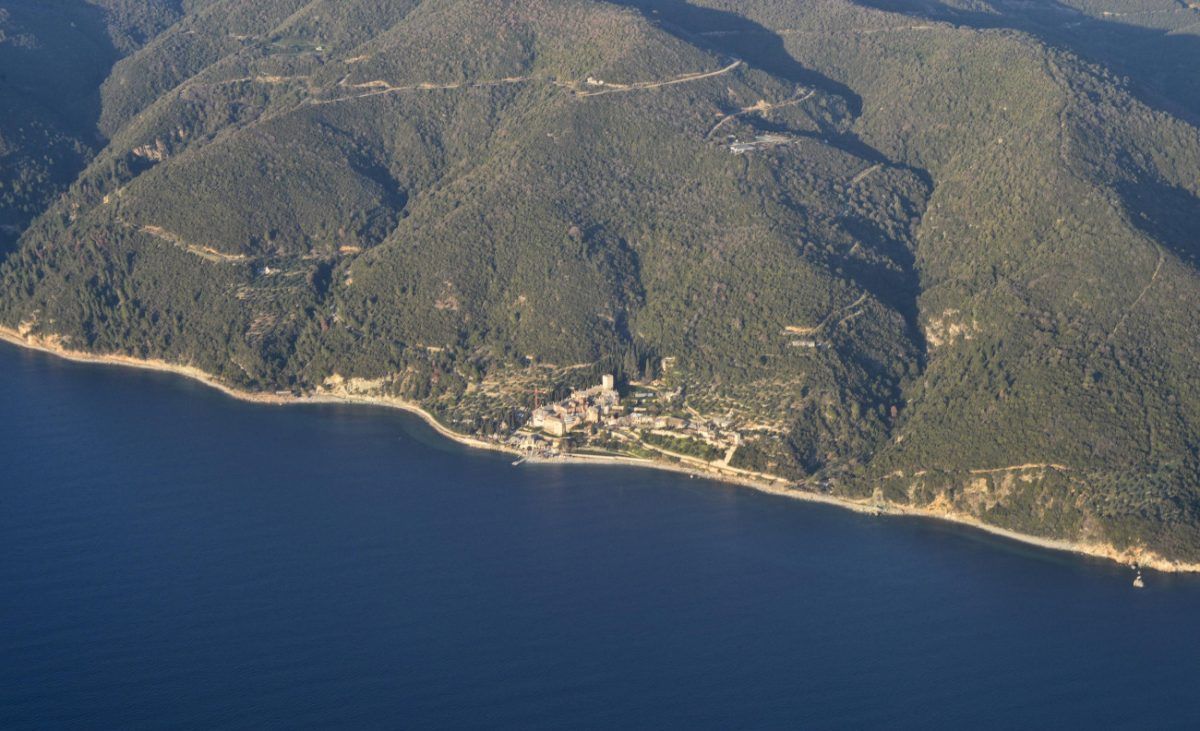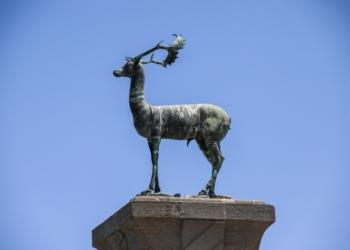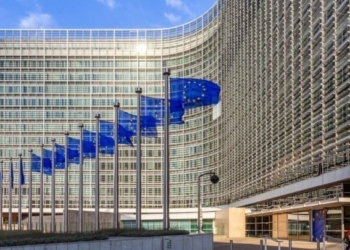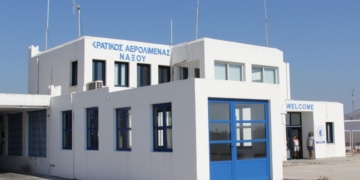Damage was caused to the Simonos Petra Monastery on Mount Athos by the strong earthquake that struck the area. Aftershocks are expected to continue in the coming days, according to seismologist Kostas Papazachos.
The 5.3 magnitude earthquake shook Mount Athos, Halkidiki, and Thessaloniki, causing damage to the Simonos Petra Monastery. According to the Deputy Governor of Halkidiki, Katerina Zografou, a pilgrim was injured and sustained a fracture in his arm.
“We shook a lot. In the monastery, the chimney collapsed due to the earthquake, the chandelier in the refectory fell, plaster came off the walls — there is quite a bit of damage,” a monk from Simonos Petra told thestival.gr.
Another monk from the same monastery said: “It was the biggest earthquake we’ve felt. Earthquakes have been happening constantly for a year now, but this one was the most alarming. Aftershocks continue non-stop, and we’re all on alert.”
Damage Snapshot from the Monastery
The 5.3 magnitude quake occurred 9 kilometers west-northwest of Karyes, the administrative center of Mount Athos, at 14:46, with a focal depth of 12 kilometers.
Aftershocks to Continue in the Coming Days
Kostas Papazachos, Professor of Lithosphere Physics, Seismology & Applied Geophysics at Aristotle University of Thessaloniki, stated that aftershocks are expected to continue for hours and days. He noted that although the fault is not large, the seismic activity in the area has been persistent for months.
“It’s in the area near the Xenophontos and Dochiariou Monasteries where seismic activity has been constant for many months. Today it produced the 5.3 quake. Several aftershocks have already occurred, and the sequence has troubled the monasteries. Fortunately, no major impacts so far. Structural reinforcement efforts have been made, and nothing critical has happened yet. The concern lies in the persistent activity — despite the small fault, it’s been ongoing for months, and that’s the problem,” Papazachos said.
He added: “We can’t rule out the possibility of a stronger quake. That’s the most troubling aspect — this activity hasn’t ended. Aftershocks of 4.0 and 3.5 magnitude are ongoing and will continue.”
Possible Visit by Lekkas to Mount Athos
Efthymios Lekkas, Professor of Geology and President of Greece’s Earthquake Planning and Protection Organization (OASP), noted that the seismic activity started 20 months ago in the sea area off Mount Athos and peaked in May, June, and July last year. “We thought it had subsided, but it returned strongly.”
He added: “The area isn’t densely built. The monasteries and other constructions have stood for thousands of years but are vulnerable in parts. Some old sections are abandoned and weakened.”
Concluding, Lekkas said: “There is no particular concern, but there is a clear need to understand what’s happening. We don’t know how much stronger the quake might be, since it’s undersea. In the next hours, we’ll have a clearer picture. We are in constant contact with the Ministry of Climate Crisis and Civil Protection, the Fire Brigade, and other officials. We activated the ‘Engelados’ emergency plan immediately. I may visit Mount Athos.”
Papadopoulos: Not Sure This Was the Main Quake
Seismologist Gerasimos Papadopoulos noted: “A 5.3 magnitude quake occurred on Athos between Dafni and Karyes. Aftershocks are following. Since August and September 2024, we had detected a slow foreshock sequence, which I reported in three messages to the president of OASP. In February 2025, a 4.9 magnitude quake occurred. There’s no record of a major quake in this area in the past. I’m not sure today’s quake was the main one. I’ll follow up on this.”














